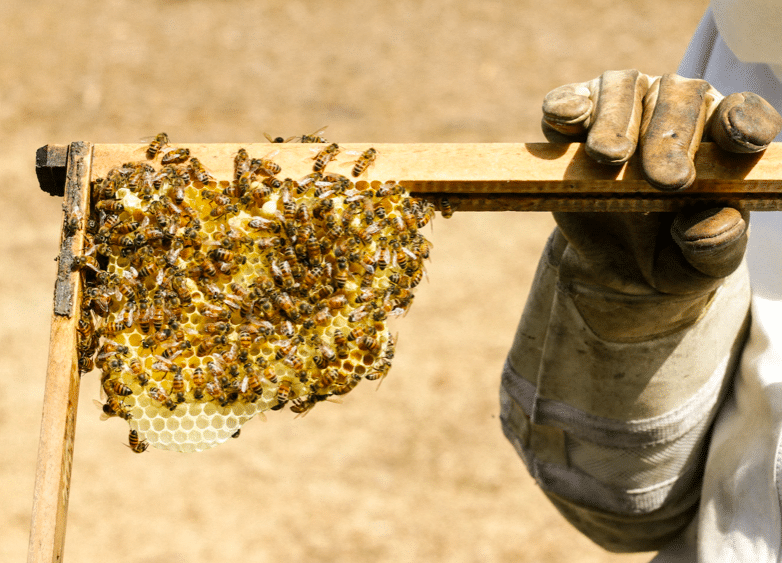Elevated levels of ozone in the air are shrinking the distance a flower’s scent can travel; this means fewer bees receive the signal and get the memo that a flower is nearby.
Bees use so-called volatile organic compounds (VOCs) to identify plants. They are designed to lead pollinators to the flower without filling the air completely and overwhelming them.
Researchers conducted an experiment in the field to try to understand what was going on: in a huge wind tunnel simulated the scent given off by a flower and measured how far it travelled in various levels of pollution. As the ozone levels increase, the spread of the plume collapses as the ozone interferes with the chemistry of the scent from the flower leading to a 50% drop in the number of bee visits to flowers. That’s half as many bees doing their essential pollination work!
This problem is not limited to bees, but it’s also a human problem: pollinators play a crucial role in our food security by allowing the survival of many plants: fewer bees mean fewer pollinated plants, which could lead to a food crisis.
Bees are more than just honey-makers; they’re vital cogs in the ecological and agricultural machine: reducing car pollution can make a big difference in protecting the health of these precious creatures.
